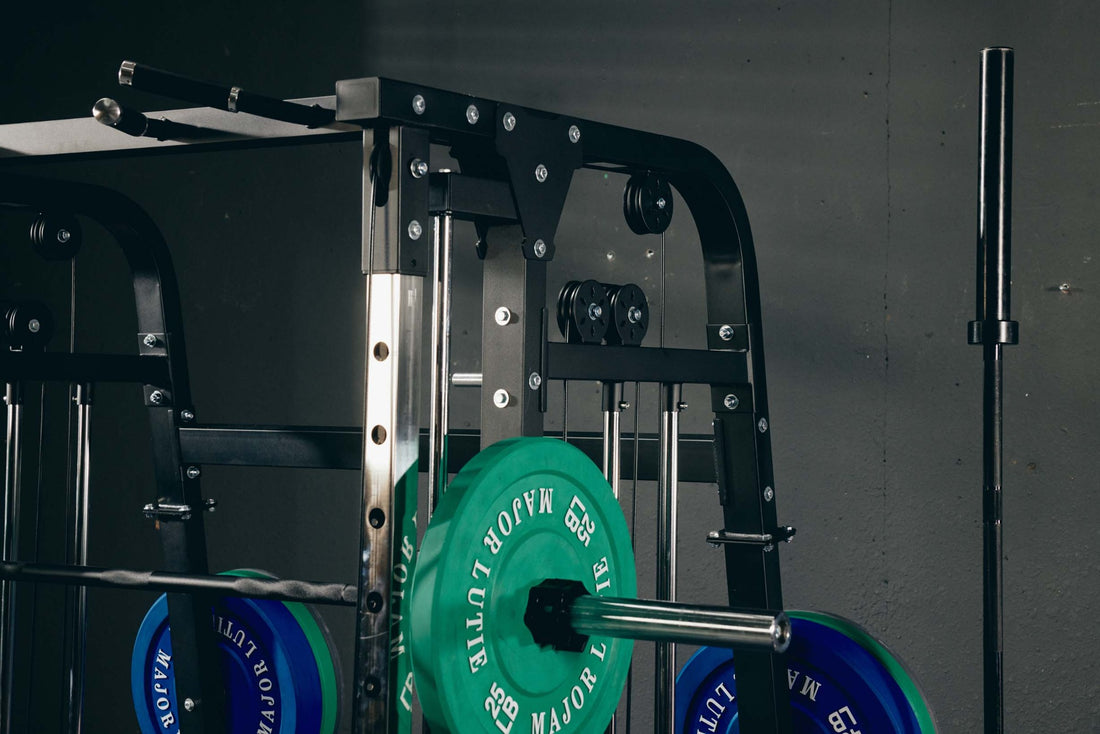
Walking into a gym for the first time can be a daunting experience, especially if you’re unfamiliar with the equipment and how to use it. But fear not! Understanding how to use gym equipment for beginners is easier than you might think. Whether your goal is to build muscle, lose weight, or improve your overall fitness, this guide will help you navigate the gym floor with confidence.
1. Cardio Equipment
Cardio machines are a great starting point for beginners looking to improve their cardiovascular health and stamina. Here are a few easy-to-use options:
Treadmill
- Starting Out: Begin with a slow walk to get comfortable.
- Adjusting Settings: Gradually increase the speed and incline as you warm up.
- Safety Tip: Always attach the safety clip to your clothing to automatically stop the machine in case of a fall.
Stationary Bike
- Setup: Adjust the seat height so that your legs are almost fully extended when pedaling.
- Settings: Start with low resistance and increase gradually.
- Technique: Maintain a steady pace and keep your back straight.
Elliptical
- Getting Started: Step onto the machine and begin by moving the pedals and handles.
- Adjustments: Set the resistance and incline levels to your comfort.
- Posture: Keep an upright posture and avoid leaning on the handles too much.
2. Strength Training Machines
Strength training is crucial for building muscle and increasing strength. Here are some beginner-friendly machines:
Leg Press Machine
- Positioning: Sit on the machine and place your feet shoulder-width apart on the platform.
- Movement: Push the platform away by extending your legs, then slowly return to the starting position.
- Tip: Avoid locking your knees fully to prevent strain.
Lat Pulldown Machine
- Starting Position: Sit with your knees secured under the pad and grab the bar with a wide grip.
- Action: Pull the bar down towards your chest, then slowly release it back up.
- Focus: Engage your back and not just your arms.
Chest Press Machine
- Setup: Adjust the seat height so the handles are at your chest level.
- Execution: Push the handles forward until your arms are extended, then bring them back.
- Reminder: Keep your feet flat on the ground and your back firmly against the seat.
3. Free Weights and Accessories
Dumbbells and other accessories offer great versatility but require proper form to prevent injury.
Dumbbells
- Getting Started: Start with lighter weights to master the form.
- Key Exercises: Bicep curls, shoulder presses, and dumbbell rows are good beginners' exercises.
- Posture: Maintain a neutral spine and controlled movements.
Resistance Bands
- Benefits: Great for low-impact strength training.
- Use: Incorporate them into exercises like squats, rows, and shoulder presses to add resistance.
- Advantage: Excellent for stretching and mobility work as well.
4. Stretching and Flexibility Equipment
Cooling down and stretching after your workout are essential to prevent injury and aid in recovery.
Foam Rollers
- Use: Roll out major muscle groups to release tension.
- Techniques: Spend about 30 seconds on each muscle group.
- Aspect: Can be slightly uncomfortable but should not be painful.
Yoga Mats
- Purpose: Provide a non-slip surface for stretches and yoga routines.
- Usage: Integrate stretching exercises to increase flexibility.
- Tip: Maintain proper form and alignment during stretches.
Getting familiar with how to use gym equipment for beginners can feel overwhelming, but with the right approach and knowledge, it becomes straightforward. Start slow, focus on your form, and gradually increase the intensity and complexity of your workouts. Remember, progress takes time, and consistency is the key to seeing the results you want.
So, step into that gym with your head held high and tackle those machines with confidence. The journey to fitness starts with a single step, and now you’re equipped to take it!

















